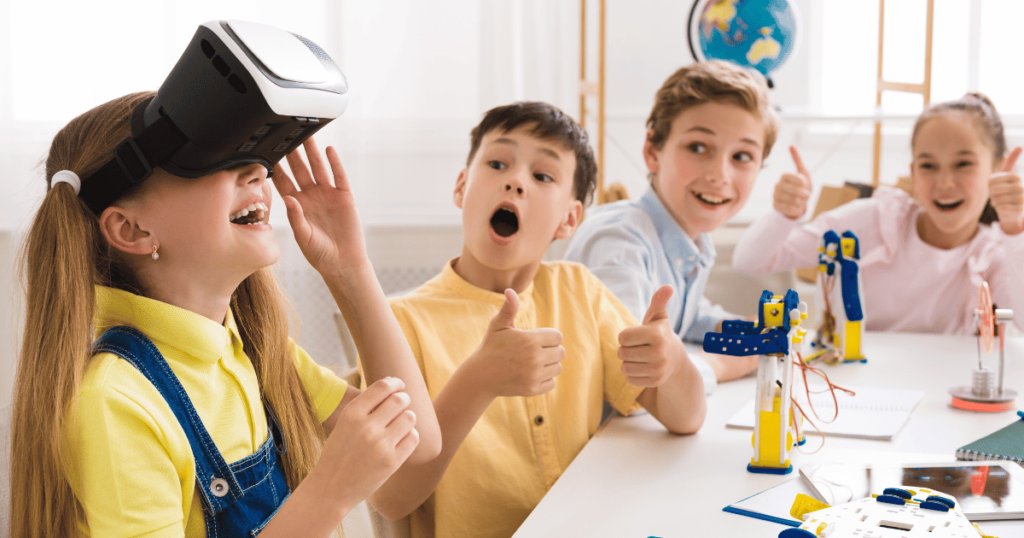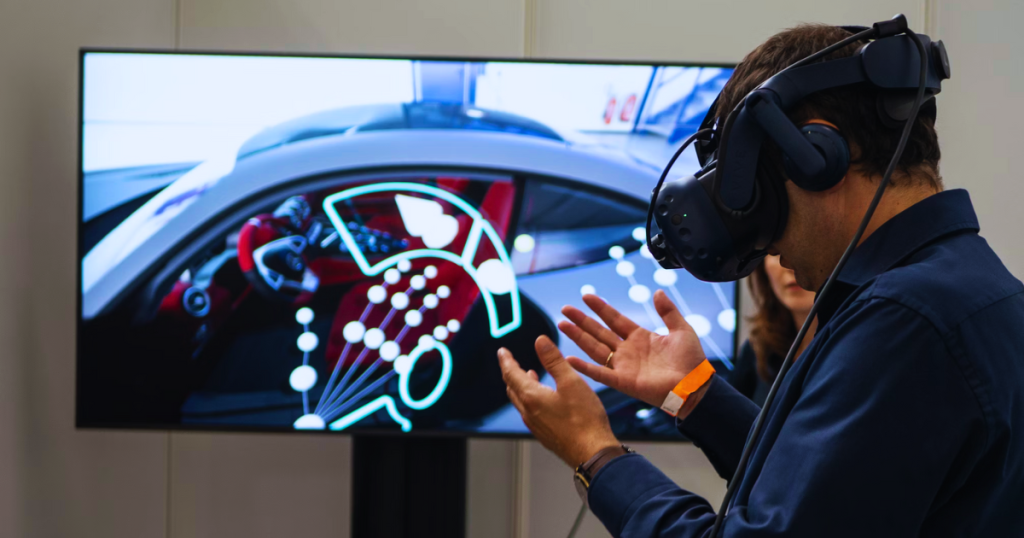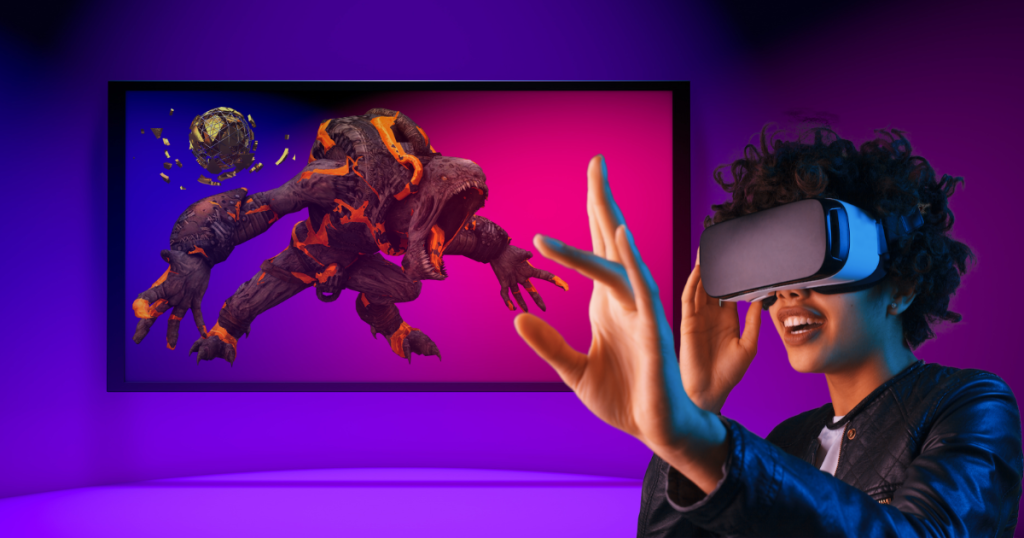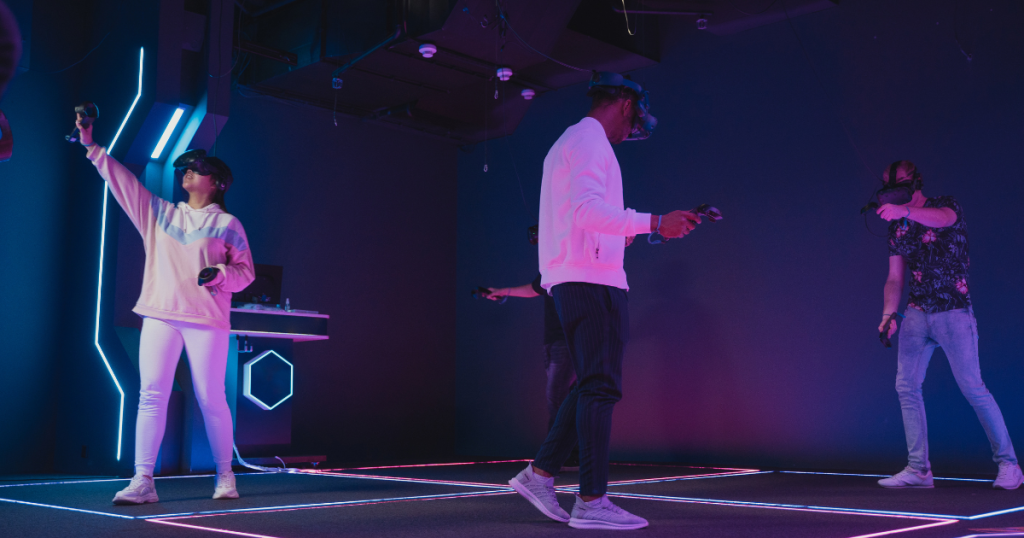Table of Contents
Introduction to Advantages and Disadvantages of Using Virtual Reality in Education
In this article, we delve into the major advantages and disadvantages of incorporating Virtual Reality (VR) technology in the field of education. Virtual Reality has emerged as a powerful tool that has the potential to revolutionize the way students learn, and educators teach. By providing immersive and interactive experiences, VR has opened up new avenues for enhancing the educational process. However, like any technology, there are Advantages and Disadvantages of Using Virtual Reality in Education. Let’s dive deeper.
Advantages of Using Virtual Reality in Education
1. Enhanced Learning Experience
Virtual Reality creates a three-dimensional, immersive environment that engages students on a whole new level. It enables them to interact with educational content in ways that traditional methods cannot replicate. For instance, in history lessons, students can virtually visit historical landmarks, making learning more vivid and memorable.
2. Improved Retention
Studies have shown that VR-based learning experiences lead to better information retention. When students are actively involved in a VR simulation, they are more likely to remember the information presented, which can ultimately result in higher test scores and a deeper understanding of the subject matter.
3. Accessibility
One of the significant advantages of VR is its ability to provide access to educational resources regardless of geographical location. Students can participate in virtual classrooms, attend lectures, and collaborate with peers from around the world, breaking down geographical barriers.
4. Safe Experimentation
In fields like science and medicine, VR allows students to conduct experiments and procedures in a safe, controlled virtual environment. This eliminates the need for expensive equipment and reduces the risk associated with certain experiments, making learning safer and more accessible.
5. Customization
VR can be tailored to meet individual learning needs. Educators can create customized learning experiences that cater to student’s specific interests and abilities, providing a more personalized education.
Disadvantages of Using Virtual Reality in Education
1. Cost
The adoption of VR technology in education can be expensive. Schools and institutions need to invest in VR headsets, software, and maintenance. This cost can be a significant barrier for some educational institutions, especially those with limited budgets.
2. Technical Challenges
VR technology can be complex to set up and maintain. It requires a robust IT infrastructure and technical expertise. Technical glitches or hardware failures can disrupt the learning process, causing frustration among students and educators.
3. Health Concerns
Prolonged use of VR headsets can lead to discomfort, motion sickness, and eye strain. It’s essential to monitor the time students spend in virtual environments to ensure their well-being and prevent adverse health effects.
4. Limited Content
While VR offers immersive experiences, there is still a limited amount of educational content available in virtual Reality. Developing high-quality VR content can be time-consuming and costly, limiting the range of subjects that can be effectively taught using this technology.
5. Learning Curve
Both students and educators may need time to adapt to VR technology. Learning how to navigate virtual environments and use VR tools effectively can take away valuable learning time initially.
Conclusion
In conclusion, the integration of Virtual Reality in education presents both significant advantages and challenges. While it has the potential to transform learning experiences and improve retention, the associated costs, technical hurdles, and health concerns must be carefully considered. As VR technology continues to evolve, addressing these challenges will become crucial in harnessing its full potential for the benefit of students and educators worldwide. In the ever-evolving landscape of education, the judicious use of Virtual Reality can undoubtedly contribute to a more engaging and immersive learning experience. This is our take on Advantages and Disadvantages of Using Virtual Reality in Education if you have any suggestions do not forget to comment below.




